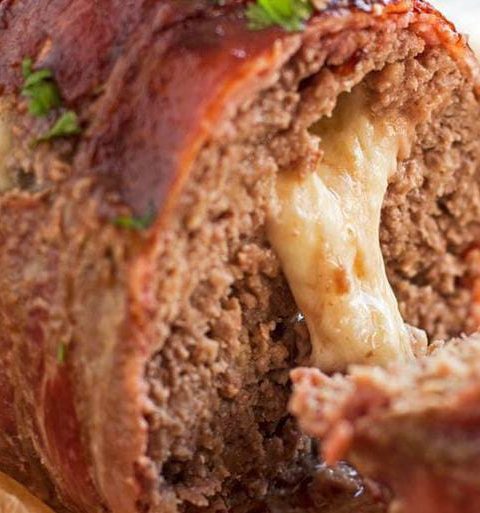1.Compost:�Compost is a nutrient-rich soil amendment that provides essential organic matter and micronutrients to the soil. Mixing compost into the planting hole helps improve soil structure, retains moisture, and promotes healthy root development in tomato plants. Use well-aged compost to avoid burning young roots with excessive nutrients.
2.Eggshells:�Crushed eggshells are an excellent source of calcium, which is vital for preventing blossom end rot in tomatoes. Place crushed eggshells at the bottom of the planting hole to provide a slow-release source of calcium throughout the growing season.
3.Epsom Salt:�Epsom salt, or magnesium sulfate, can boost tomato plant growth and fruit production. Sprinkling a small amount of Epsom salt in the planting hole can provide magnesium, which aids in chlorophyll production and nutrient uptake in plants.
4.Bone Meal:�Bone meal is a natural fertilizer high in phosphorus, which is essential for flowering and fruiting in tomato plants. Adding bone meal to the planting hole can promote vigorous root growth and enhance fruit development.
5.Fish Heads:�Fish heads are rich in nitrogen and other nutrients that promote robust plant growth. Burying a fish head at the bottom of the planting hole can provide a slow-release source of nutrients as it decomposes, giving your tomato plants a nutrient boost throughout the season.
6.Banana Peels:�Banana peels are rich in potassium, an essential nutrient for fruit development and overall plant health. Placing a few banana peels in the planting hole can provide a natural source of potassium as they break down, resulting in healthier and more productive tomato plants.
7.Mycorrhizal Fungi:�Mycorrhizal fungi form symbiotic relationships with plant roots, enhancing nutrient uptake and improving plant resilience to stress. Adding mycorrhizal fungi to the planting hole can promote stronger root systems and increase the overall health and productivity of tomato plants.






